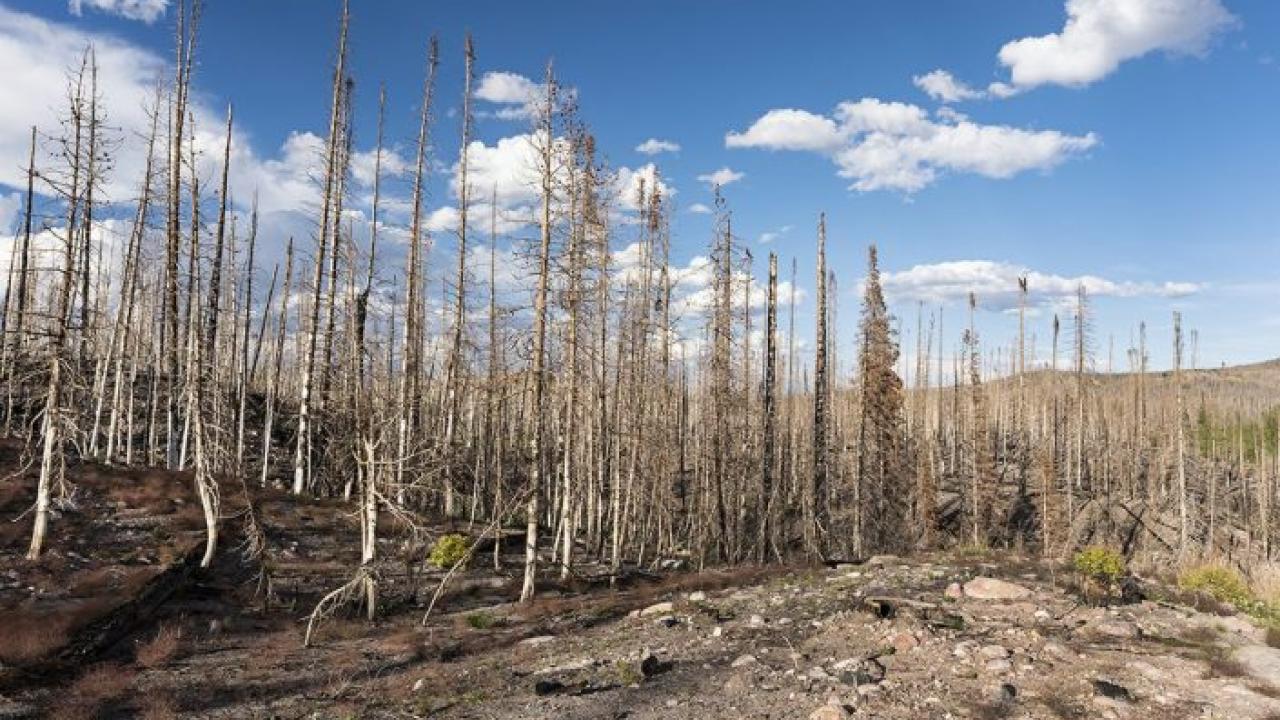A new study led by Karen McKinnon (UCLA Department of Statistics, UCLA Institute of the Environment and Sustainability) shows how the intense decreases in humidity experienced by the United States Southwest increases the threat of wildfires. Researchers found that since 1950, humidity in the region dropped an average of 22% on the hottest summer days. California and Nevada saw the most extreme drops, up to 33%.
In general, the warmer temperatures associated with climate change allow the air to hold more moisture. This is increasing humidity globally, with the Southwest United States standing out as an exception. Moisture from the Pacific Ocean is pushed north by wind currents. Combined with the already dry soil and lack of major bodies of water in the region, there is little to no moisture which could humidify the warmer air.
The paper mentions that an increase in summer rain could combat these effects. However, society should not rely on this; intentional forest management and limiting human-based ignition events are integral to preventing wildfires. Researchers also emphasize the need to combat the underlying problem of climate change by reducing carbon emissions and atmospheric carbon dioxide.
Read more at UCLA Newsroom.
Study Authors
Karen A. McKinnon, UCLA, Department of Statistics; UCLA, Institute of the Environment and Sustainability
Andrew Poppick, Carleton College, Department of Mathematics and Statistics
Isla R. Simpson, National Center for Atmospheric Research





